Occupants of driverless cars will be able to communicate with others using roof-mounted emoji displays, according to plans by a Silicon Valley company.
Drive.ai, a company which aims to retrofit cars with autonomous tech, will also be testing its emoji displays in California, after the company was approved to test on its roads earlier this year, according to a report in the Financial Times.
The display has both front and rear screens allowing simultaneous communication to multiple road users; for example, when stopped at a pedestrian crossing, the car can indicate to pedestrians that it is allowing them to cross, while showing road users behind the car that the reason it has stopped.
Read about autonomous cars' decision making here
Car-to-car communication is a hot topic for developers of autonomous car technology, as the cars need to be able to pinpoint each other and indicate the car’s intended actions to make the other cars aware of them.
Drive.ai’s aim with the emoji display is for the people inside those cars to communicate with one another through emojis, with a range of facial expressions and other emoji-based messages; revolutionising communication between road users.
The company aimed harsh criticism at the humble car horn: "Cars’ communication features, from blinkers to the horn, have not been reimagined in decades. There’s an incredible opportunity to improve this communication, especially in the case of self-driving cars where there is no human driver to indicate with hand gestures or facial signals. The horn, for example, is one of the worst designed features in the car today. It’s one sound/tone, and you can’t tell who it’s targeted at or what the intention is -- it could be anything from a polite nudge to an angry exclamation."
How would you solve the autonomous car problem? Read our thoughts here
It’s not yet been made clear if more aggressive emojis, like a punching fist or middle finger, would be available for use, with critics of the proposal suggesting that the idea may exacerbate road rage incidents. Drive.ai argued the opposite, saying "Adding a layer of communication to self-driving cars is in fact designed to minimize frustration for other drivers and pedestrians because it creates transparency around what the car is doing and why. When drivers and pedestrians are unsure of what the self-driving car is “thinking,” that unpredictability leads to distrust, anger, and thereby road rage."
In addition to the display’s ability to show emojis, the display can also show text, as well as having the ability to make sounds to aid the car’s communication with other road users. A spokesman from Drive.ai clarified the system's selection of the emojis used, explaining that a deep learning algorithm would determine which would be used depending on the situation, and that the driver would have no input into which symbols are transmitted.

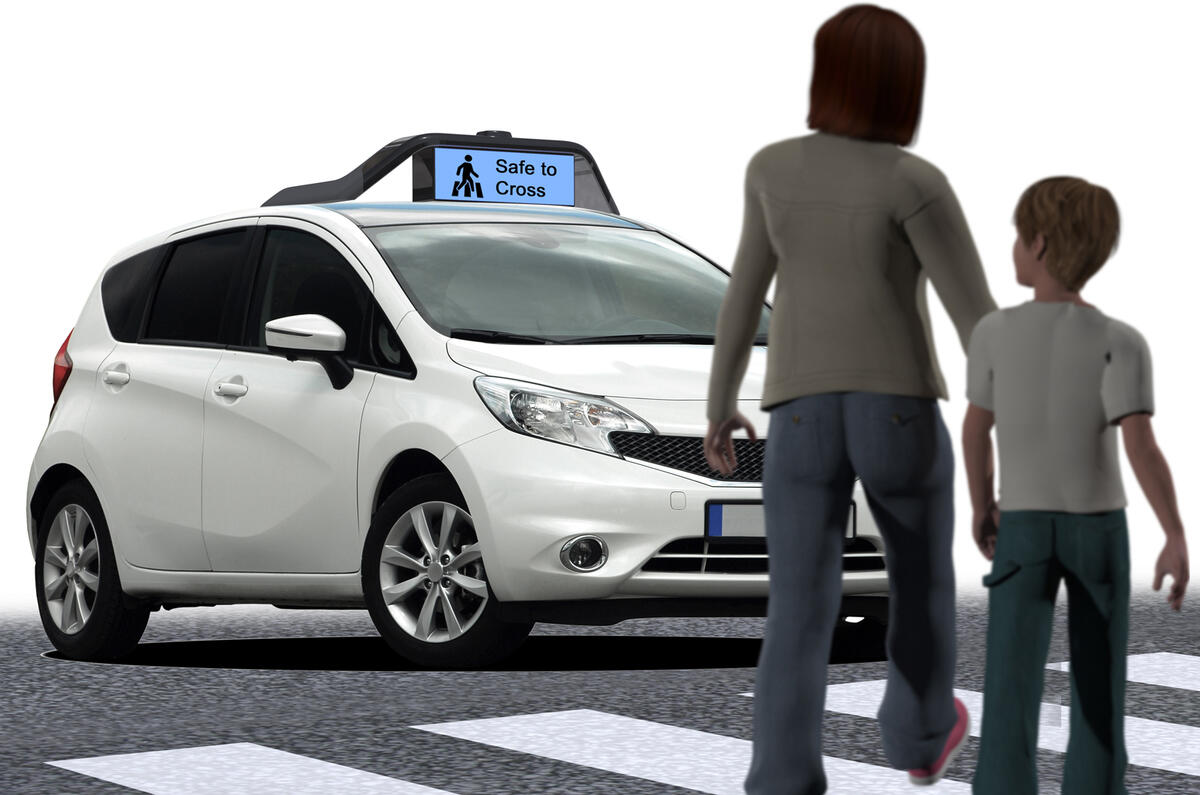
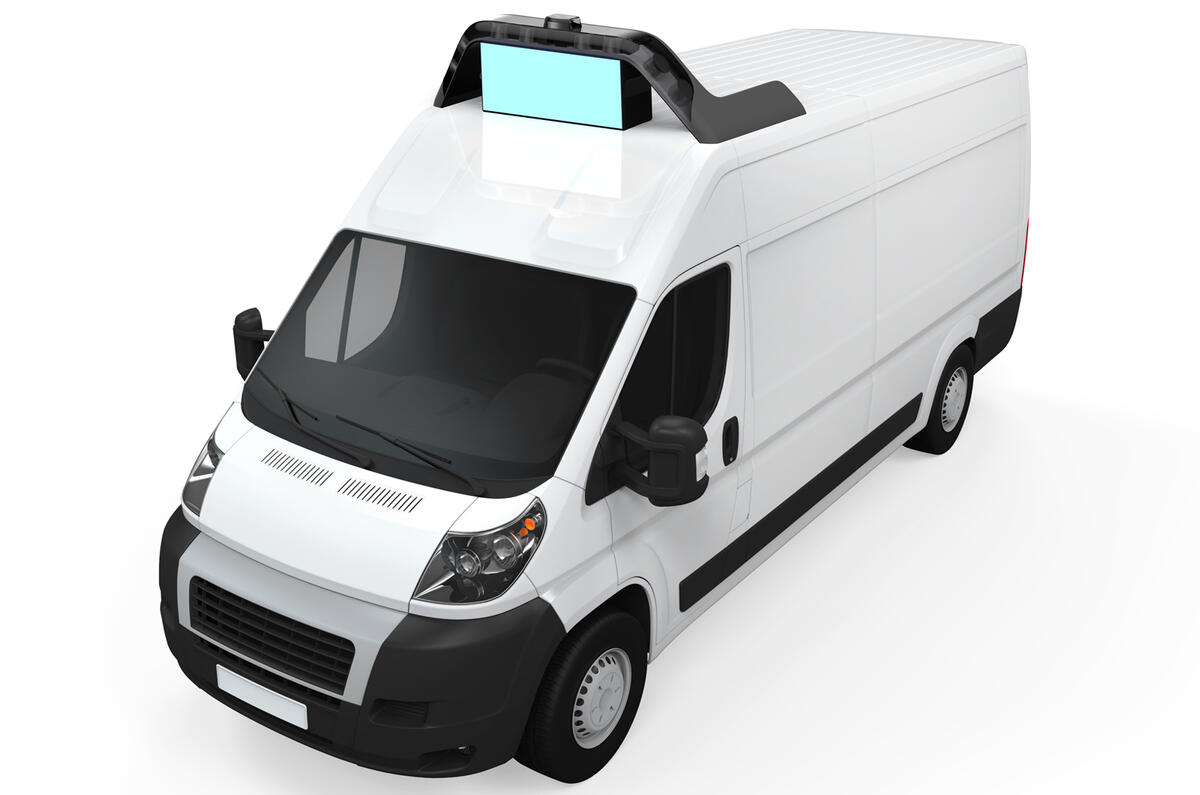
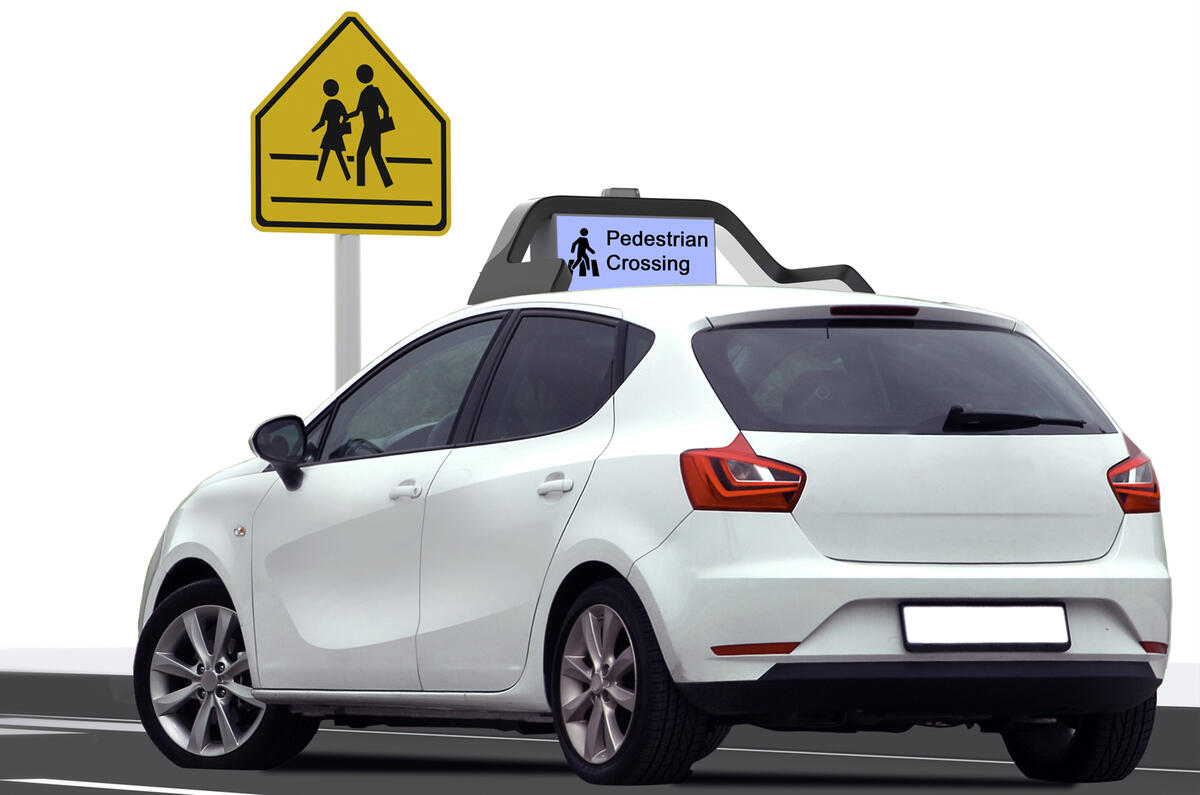

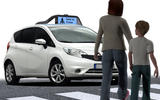


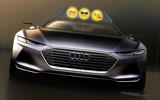


Join the debate
Add your comment
does this make...
constant time travel available as well!
emoji